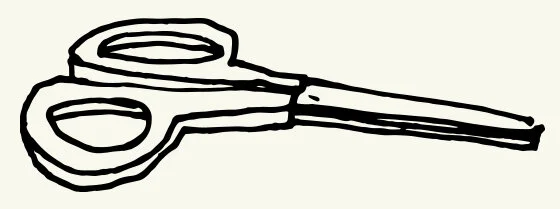Gillian Welch & David Rawlings - Cumberland Gap Illuminated Manuscript
Gillian Welch & David Rawlings - Cumberland Gap Illuminated Manuscript
When researching for this three part series, I was looking at Illuminated manuscript imagery mostly from the fourteenth and fifteenth centuries (though they were made for centuries before and after). Illuminated manuscripts were used as visual aids to the stories and lessons they accompanied. I decided to translate lyrics from beloved songs by Gillian Welch & David Rawlings into vibrant pictorial stories, leaning heavily on inspiration from images found in various versions of “The Book of Hours.” I’ve been dumbfounded to discover that as I comb through these ancient images and pair them up with the stories that GW&DR tell lyrically, the lessons start to fall in step with each other. Struggling with the concept of death, fear and poverty transcends every era of humanity and it’s been interesting to see the parallels when I plug their lyrics into the style and setting of a medieval manuscript.
In all the illuminated manuscript images I looked through, they cram every corner of the page chock full of mythical creatures, flowers and ornate patterns. The creatures are often whimsical, fearsome or mischievous and might represent some sort of side fable or moral reminder, but some of it seems absolutely nonsensical. It’s debatable what their true purpose was, (from what I read; some argue it’s a reminder that hell awaits, some argue that they’re pagan symbols that were lumped in with early christianity and some say they ward off “evil spirits” or some combination of the three) but based on what a blast it is to draw the little made up creatures, I kind of suspect it was fun for them too and I like to think that they were possibly tired of their heavy assignments; constantly warning people of the dangers of sin and death - and I think might’ve worked in a way to enjoy themselves.
“Cumberland Gap” begins with a farewell from a boy to his mother as he’s gone for old Kentucky. The lyrics continue on to paint a picture of the ways a person could test their fate in that “devil of a gap” when taking Daniel Boone’s Wilderness Road from Virginia west into Tennessee and Kentucky. Settlers often starved, froze to death, or were ambushed easily by the justifiably angry Shawnee and Chickamauga who refused to sign the treaty and relinquish the land. It sounds like you were more likely to die crossing into Kentucky in the 1770’s than you were to survive. In this medieval rendering - I portrayed the boy as a young bard, singing of his worries as he walks through the pass on foot. The demons symbolically represent the peril he faces. While my versions seem more impish than hostile, I was trying my best to capture the sinister twin versions that appear in illuminated manuscripts spanning from 1300-1500. (In other words, there really is a devil character with possums for thighs and chickens’ feet. See: “Roundel with Souls Tormented in Hell” Dieric Bouts workshop). Apparently, images of hell and torment were very popular to hang in their bedrooms. People wanted reminders of the “transience of worldly existence as preparation for eternal life after death.” (Mirror of the Medieval World, The Metropolitan Museum of Art) Who knew early religion was so metal?
(*Based on my interpretation of “Cumberland Gap” written by David Rawlings & Gillian Welch and featured on the album “Poor David’s Almanack” released in 2017).
12 ¾ in x 18 ¾ in
Limited edition original poster, hand carved and printed on a Vandercook proofing press in Nashville, TN
Linocut reduction, 3 blocks, 4 colors. Copyright Camp Nevernice 2025.

